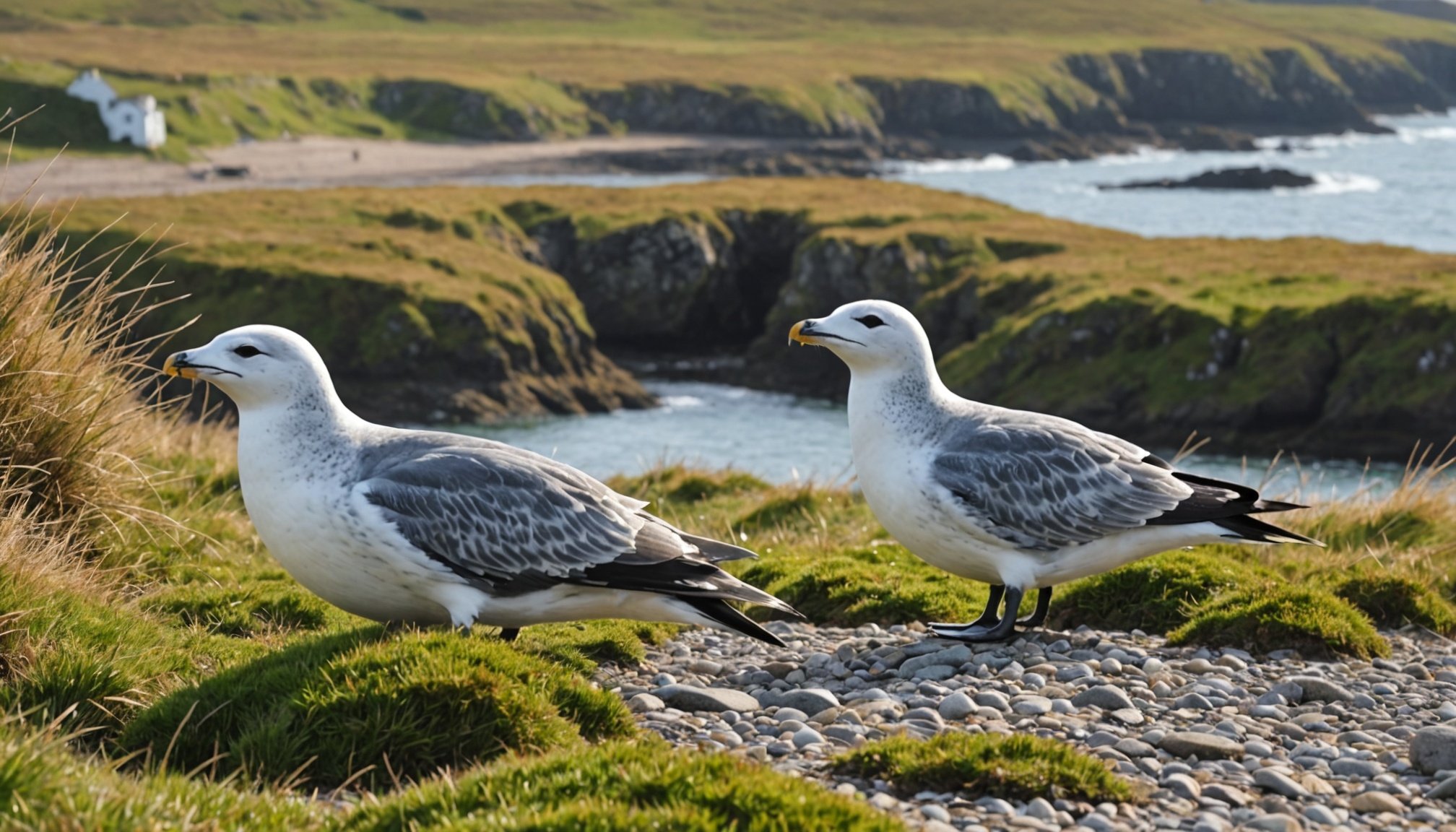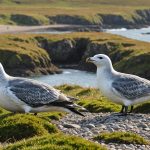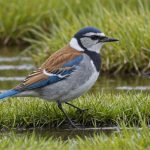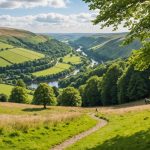Overview of Coastal Trails for Wildlife Watching
Coastal trails offer an unparalleled opportunity to engage in wildlife watching, particularly for those interested in seals and seabirds. The UK boasts an incredibly rich coastal biodiversity, with trails providing a front-row seat to observe these majestic creatures in their natural habitats. Nature enthusiasts and avid hikers will find these trails a gateway to discovering the unique ecosystems of the coastline.
Seals and seabirds thrive along the rugged shores, offering visitors a chance to witness their daily activities, whether it’s seals basking on sunlit rocks or various seabird species soaring through the sky. Observing these animals in their native environment not only enriches the travel experience but also fosters a deeper appreciation of the natural world.
Have you seen this : Premier Spring Birdwatching Destinations in the UK: Uncover Must-Visit Sites for Bird Lovers
While traversing these paths, expectations for wildlife encounters can vary. Some trails may surprise with frequent sightings, while others require patience and keen observation. The key is to remain vigilant and persistent, immersing oneself fully in the serene beauty that these coastal trails offer.
Each visit to these enchanting locations unfolds new mysteries of the diverse marine avian life, leaving adventurers with cherished memories and a profound connection to nature.
Also to see : Immerse Yourself in Tradition: The Definitive Guide to Scottish Highland Games Adventures!
Top Coastal Trails
Coastal trails across the UK provide some of the best opportunities for seal and seabird watching, with each trail offering unique experiences and picturesque landscapes.
Trail 1: Pembrokeshire Coast Path
Winding along the coast, the Pembrokeshire Coast Path is renowned for its breathtaking views and abundant wildlife. This trail stretches for 186 miles, offering visitors extensive accessibility to diverse habitats. Ideal times for spotting seals and seabirds are during early spring and late autumn when sightings are most frequent.
Trail 2: Isle of Mull Coastal Path
The Isle of Mull is famed for its unique wildlife experiences, with regular appearances of both common and grey seals along the rugged coastline. Though the trail is a bit isolated, the arrangement of wildlife observation tours makes the journey worthwhile. Venturing in the early morning or just before dusk enhances the chances of unforgettable sightings.
Trail 3: Norfolk Coast Path
The Norfolk Coast Path presents a dynamic ecosystem, showcasing a vivid mix of flora and fauna. The availability of amenities along the trail ensures a comfortable visit while observing the wildlife, adhering strictly to conservation guidelines fosters respect for these natural settings.
Conservation and Responsible Viewing Practices
Coastal trails play a crucial role in the conservation of seals and seabirds along the UK’s shores. These ecosystems need care to thrive, thus seal protection and seabird safety have become focal points in conservation efforts. By adhering to responsible practices, visitors can minimise their impact on these fragile environments.
Firstly, following authority guidelines is essential while on trails. Many areas have specific pathways to prevent habitat damage and ensure the safety of wildlife and visitors alike. By sticking to these paths, the disturbance to breeding grounds and feeding areas can be significantly reduced.
Secondly, maintaining a respectful distance from animals is imperative. This reduces stress and allows seals and seabirds to engage in their natural behaviours without interference. Visitors should also refrain from feeding wildlife, safeguarding their natural diets and health.
Finally, the involvement in conservation programs is encouraged, enabling enthusiasts to contribute actively to preservation efforts. Understanding the ecological significance of these creatures and their environments fosters a collective interest in sustained protection, ensuring that future generations can enjoy the breathtaking natural beauty the UK coastline has to offer.
Preparation for Wildlife Watching
Engaging in wildlife watching requires careful preparation to ensure an enriching experience while treading gently on nature. Essential gear includes binoculars for spotting seals and seabirds from a respectful distance, and a camera to document these beautiful encounters. Weather-appropriate clothing and sturdy footwear are necessary given the variable conditions often present along coastal trails.
Adopting best practices is crucial in minimizing disturbances. Observers should maintain silence, as excessive noise can startle wildlife. Using designated paths is important to prevent habitat disruption and ensure personal safety. Visitors equipped with knowledge and respect for local conservation rules enjoy a more responsible and fulfilling excursion.
Research is invaluable before venturing onto specific trails. Understanding seasonal wildlife behaviors and peak watching periods enhances chances of sightings. Checking local conservation updates is also advisable, ensuring compliance with any new guidelines aimed at protecting seals and seabirds.
Preparation not only enhances the overall experience but also contributes significantly to the sustainability of these unique ecosystems, allowing wildlife enthusiasts to engage thoughtfully with their surroundings.
Enhancing the Experience with Visuals and Local Insights
Exploring coastal trails not only provides a visual feast for wildlife enthusiasts but also opens opportunities to capture breathtaking scenes through wildlife photography. To capture the best shots, consider visiting during dawn or dusk when wildlife is most active, and the lighting is softer. These times are optimal for photographing seals and seabirds in their natural splendour.
Utilising equipment like a DSLR camera with a zoom lens or specialised smartphone attachments enables enthusiasts to capture stunning details without disturbing the animals. Identifying scenic viewpoints along the trails enhances both observation and photography experiences, ensuring unforgettable memories.
Local insights further enrich the coastal adventure, providing depth to the viewing experience. Engaging with local guides or reading testimonials from recent visitors offers valuable perspectives and storytelling that breathes life into each outing. Personal recommendations often highlight secret spots and sought-after activities, enhancing the exploration.
Wildlife watching contributes positively to local communities, offering sustainable tourism and promoting awareness around conservation. Shared experiences, anecdotes, and visual storytelling help nurture a deeper connection to the coastal landscapes and the diverse life they harbour.











